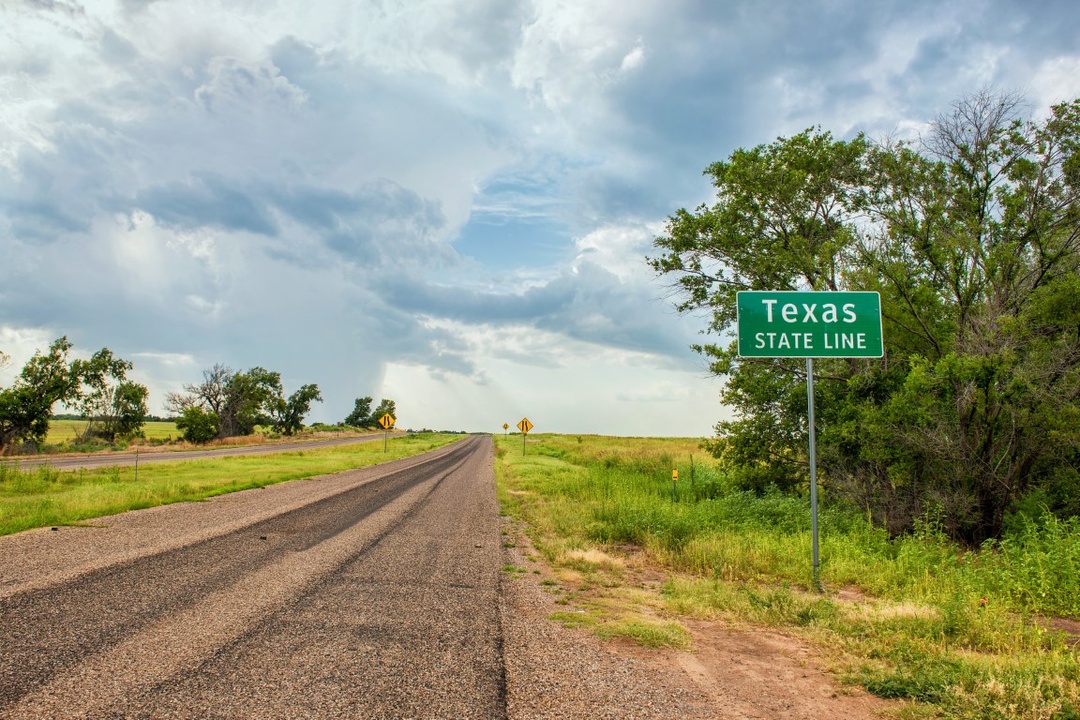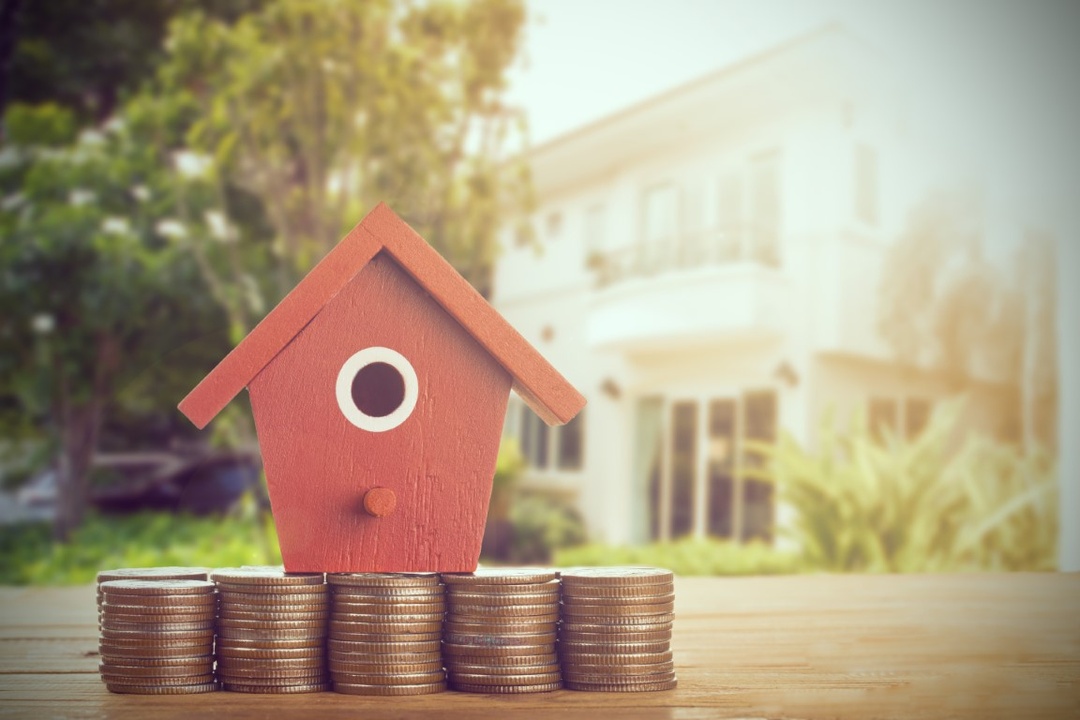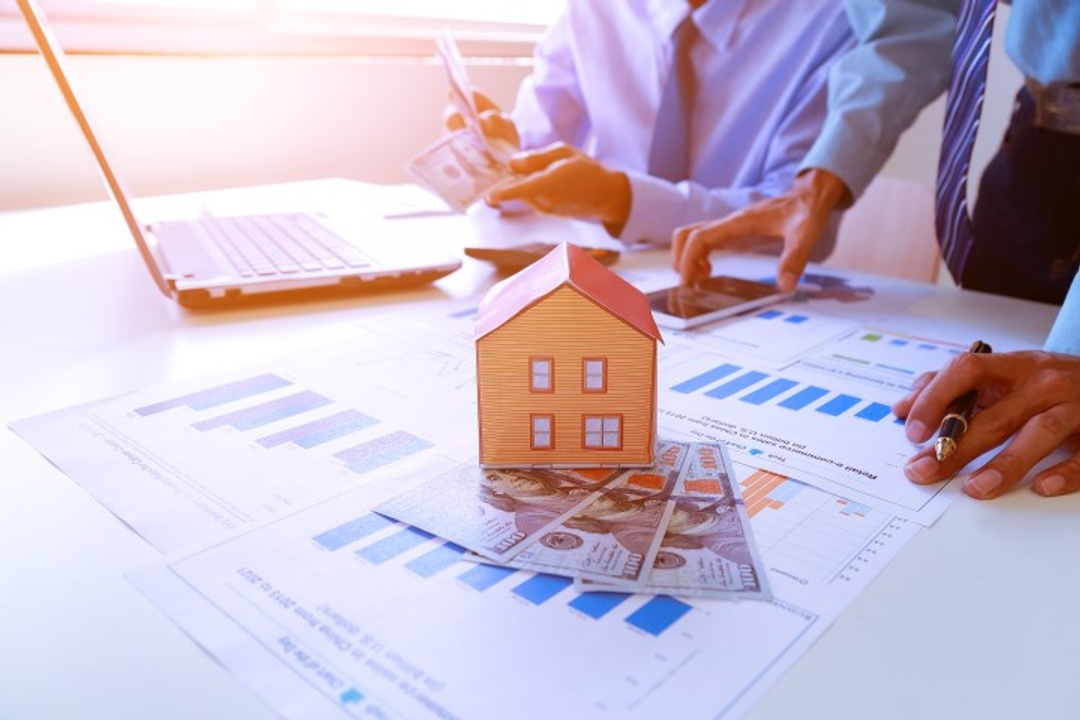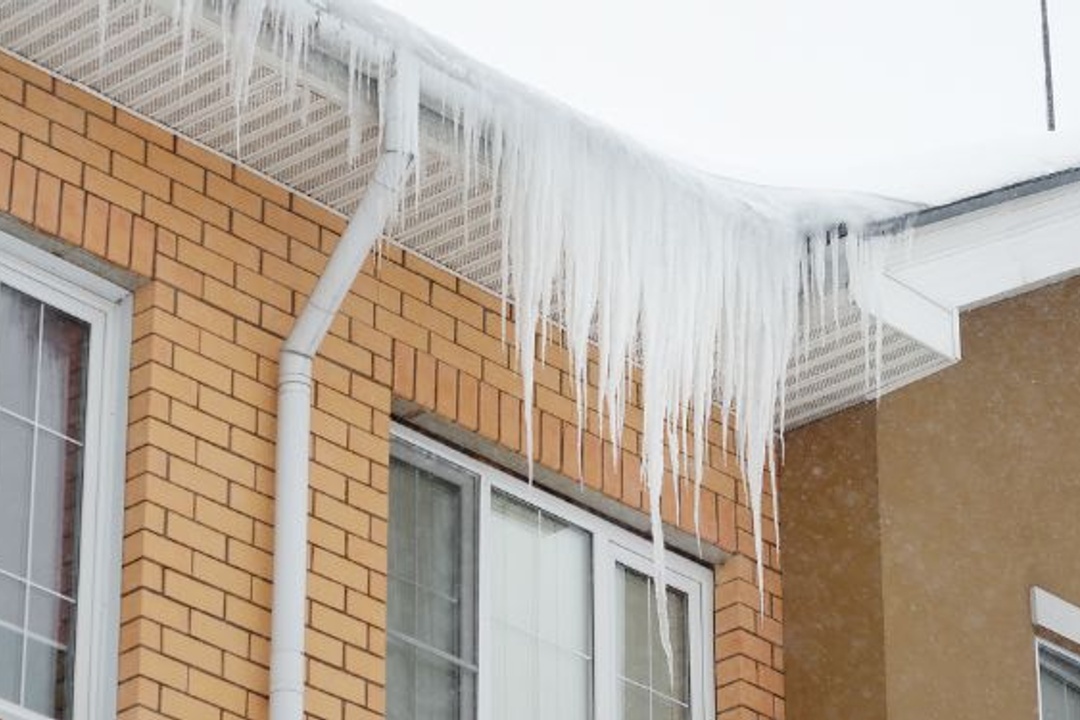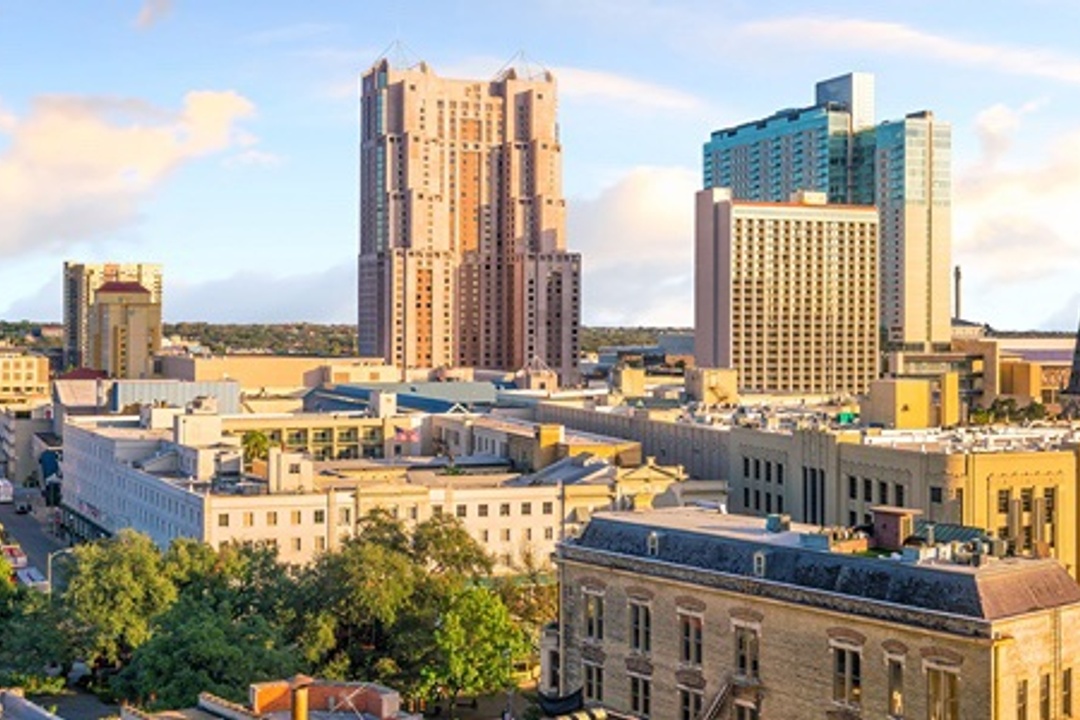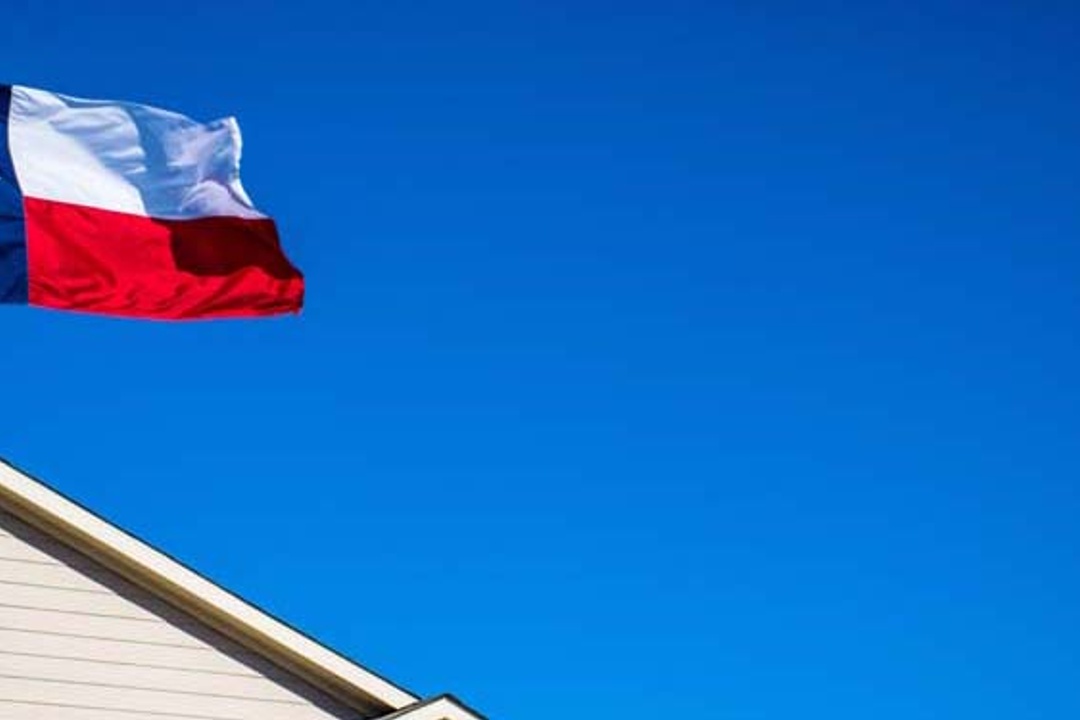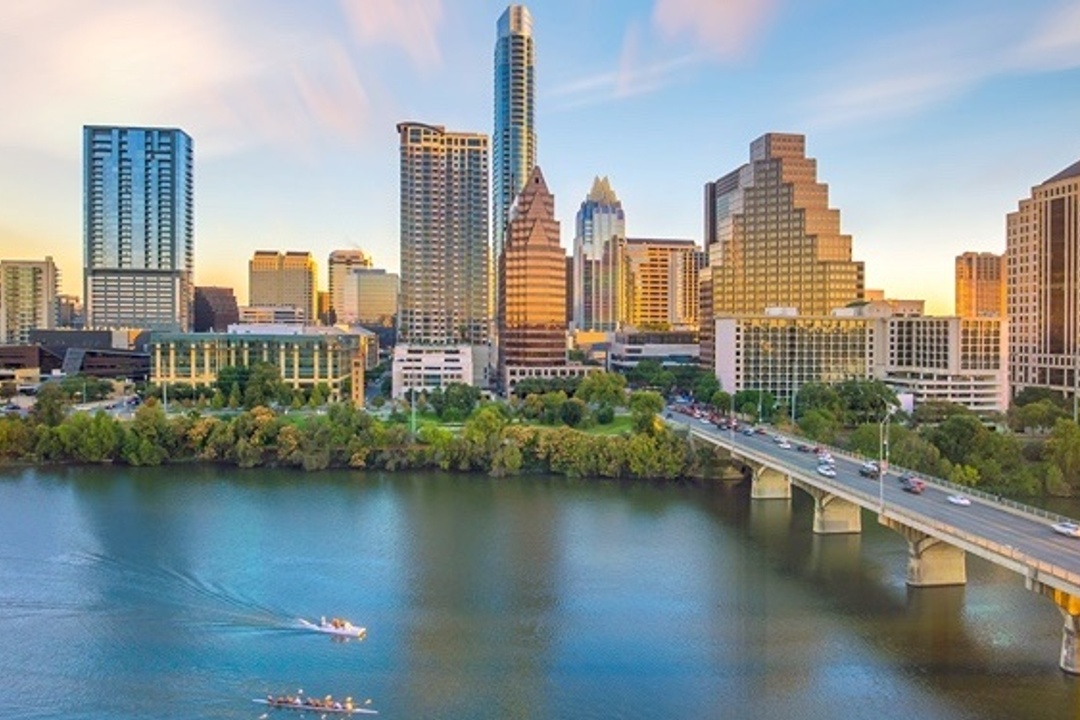Although the Federal Reserve has raised the Fed Funds Rate by 0.25 percent, this is unlikely to affect mortgage rates for the moment. However, consumers who are on the edge of being able to afford to buy a house should be proactive in taking advantage of these low mortgage rates while they still can. Mortgage rates are likely to rise modestly which will affect some people's ability to buy a house. Unlike revolving credit such as home equity loans and credit cards, mortgage rates are not tied directly to the Fed Funds Rate. Luckily for current homeowners, it will more than likely not affect home values, and it’s unlikely that this will cause the real estate market to implode.
Interest rates have recently gone up for the first time since 2006. That’s the first rise in interest rates in nine years! Mortgage rates will likely follow suit within the next year. “For every quarter point the interest rate increases the monthly payment on a 30 year fixed mortgage by $15 per $100,000 loan,” says Aaron Duca, North Texas District Manager at Academy Mortgage Corporation. While the increase doesn’t seem like much, it’s still going to cost homebuyers money the more rates continue to rise. “So if the rate increases one-half point, it increases a $300,000 loan by $90 a month, which is $32,400 over the life of the loan.” Duca continues, “Interest rates have only one direction to go, and that’s up. It’s just a matter of time before mortgage rates follow. “
Consumers choosing to wait to buy will likely pay more on their mortgage than someone buying now, which could price them out of home ownership. “Consumers looking to purchase a house [after the mortgage rate increase] will have a higher interest cost and lower buying power,” says Duca. “The C.F.B.P. requires lenders to verify the home buyer’s ‘ability to repay’ the new mortgage loan, and part of that is the debt to income ratio. If interest rates rise from 4.00% to 5.00% on a 30 year fixed mortgage, a $200,000 house payment will increase approximately $118/month, which could be the difference in the buyer being able to qualify for this priced house. To keep the same payment, the house price would drop from $200,000 down to $178,000.”
Prospective homebuyers have some time to lock in current low-interest rates, although they may want to consider speeding up their decision to purchase. “30 year fixed rates will most likely remain in the 4’s (for well-qualified borrowers) through the election. After the election, depending on who wins, will be a crap shoot on the direction of the economy.”
We all knew mortgage rates couldn’t stay at their current levels forever, but this increase is unlikely to raise mortgage prices to the point where it has an adverse effect on home values. In fact, it may slow the rate of home price growth, which isn’t necessarily a bad thing for housing affordability.
An article on Inman by Chief Economist Matthew Gardener provides a little perspective: “the average rate for a 30-year loan in the 1970s was 9 percent. It was 13 percent in the 1980s and 8 percent in the 1990s. And yet people still managed to buy and sell homes throughout those years. With that in mind, the rate increases we’re likely to see in 2016 are nothing to fret over.”
Overall, the increase is nothing to fret over, however, if a consumer is on the cusp of being able to afford a home, they may want to consider buying while the mortgage rates are in their favor. Waiting until after the election could be the difference between buying your dream home and not being able to afford it.

